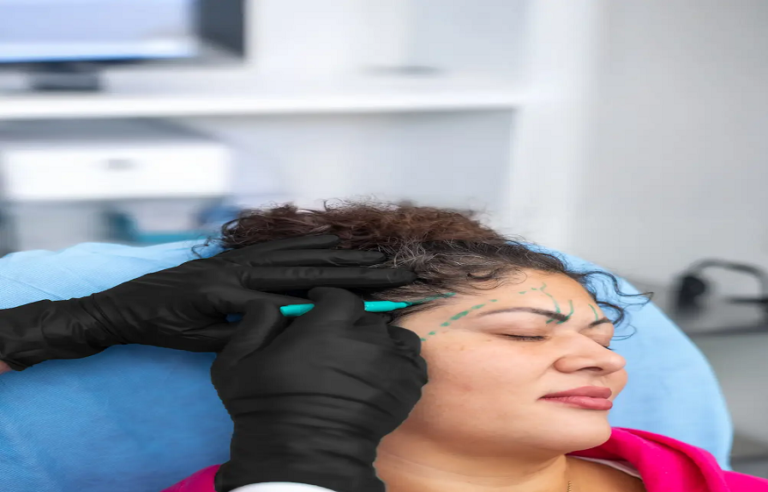
Innovations in care homes have been mushrooming in response to the rapid development of healthcare sectors, with ageing participating in the change and technology being in the driving seat of this fast-paced, changing environment. The improvements in the aspects of care would include the ability to enhance resident experience, facilitate the workflow’s smooth internal process and ensure staff satisfaction.
These fundamental modifications are redefining the way care homes look.
Technology Integration: The use of technology, which is integrated into dementia care homes Worcestershire as part of the improvement of residents’ health and care while at the same time ensuring operational efficiency, is an exceptional technology innovation that one cannot afford to avoid. Electronic health records (EHRs), remote monitoring systems, instruments and tools like smart sensors,and wearable devices are among these developments’ transition and application ways. Therefore, these technologies provide such patients the precious opportunity to be monitored in real-time, detect problems in advance, and receive patient-specific care. Take an example of wearable devices that can track residents’ vital signs and activities, providing caregivers with instant important information that helps them take action before the issue becomes real.
Person-Centred Care: There is a direction towards care home Birmingham where care for individuals is at the centre, renting where, along with their preferences and needs, their fantasies are important too. By following this principle, the residents are seen as part of the treatment process, not the people who usually receive care. More recently, resident-centred care plans, flexible events scheduling, and homelike settings that mimic everyday life in care facilities have been introduced as a treatment approach. By providing services that prioritize the residents’ autonomy and dignity, the care homes can increase the residents’ overall wellness and happiness.
Environmental Design: Aging care home innovations concentrate on creating living spaces that facilitate the residents’ security, comfort, and social interaction. Such an experience especially involves ambient lighting, ergonomic furniture, and sensory stimulation rooms designed to fit the needs and specifications of residents with cognitive impairments. Furthermore, open-air physical tasks of growing vegetables over long distances and making social interaction a great part of their lives contribute to residents’ physical and mental well-being. The sector of care homes can improve residents’ quality of life and independent capability through conjunction with the physical environment.
Interdisciplinary Care Teams: Apart from the rapid adaptation residential care home Birmingham has made, a collaborative care model has come into existence. This strategic approach to care provision is grounded in the cooperation of healthcare professionals such as physicians, nurses, social workers, and therapists. These professionals create a web of services through a lens of collaboration to meet residents’ multifaceted needs collectively. For example, innovations in this field can involve regular care conferences, shared decision-making processes, and cross-training initiatives to improve communications and collaboration between team members. Through the collaboration of multi-disciplinary professionals in care homes, with more comprehensive, integrated services, better outputs are assured.
Telemedicine and Telehealth: Advancing telemedicine and telehealth innovations have transformed healthcare processes in the nursing care home Birmingham, no matter the remoteness or underdevelopment of the area. These technologies give virtual consultation with healthcare specialists, chronic condition monitoring at a distance, and access to highly specialized diagnoses, which is possible just from the comfort of the elder care facility. Telemedicine can be utilized by care homes to contribute significantly to enhancing access to quality care services and providing appropriate care home management to enhance residents’ overall lifestyle.
Dementia Care Innovations: When you look at the significance of dementia, nowadays, care homes are forced to search for the approaches which are more effective to provide the necessary help for people who become blind to their surroundings. Such effort involves memory care programmes that are specific for dementia patients, as well as sensory stimulation therapies and memory care units that create a safe and secure space for dementia patients. Breakthroughs in dementia care likewise include structured training programs for staff emphasizing the person-centred way, communication tactics and diverse behavioral management techniques adjusted to the specific requirements of the patients experiencing dementia.
Final Thoughts
Innovative care homes are introducing better delivery methods focusing more on individuals, holistic approach(es) and patient/resident-centred care. These care homes may achieve better results for residents if they adopt technological approaches, provide person-centred practices, environment optimization, interdisciplinary interaction, virtual medical services and advanced services in dementia care.





